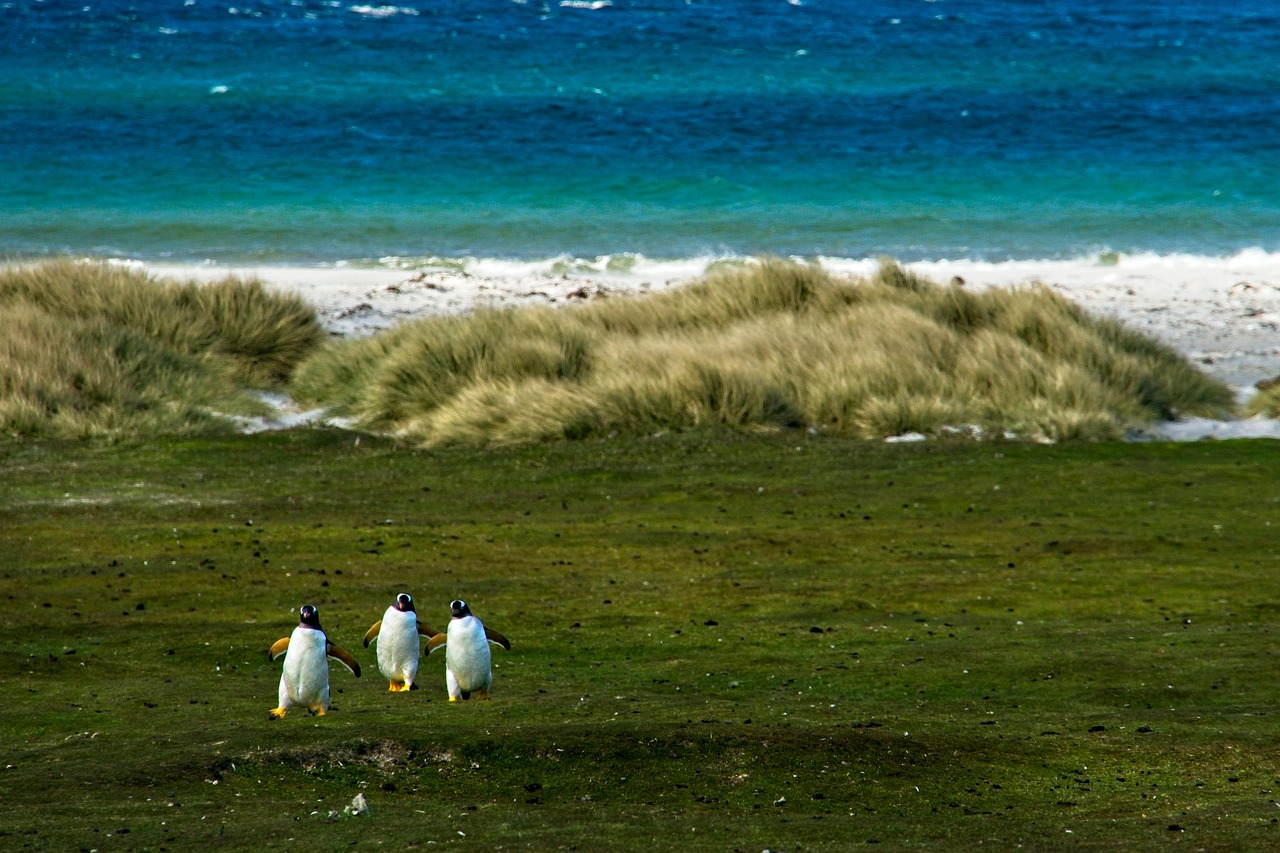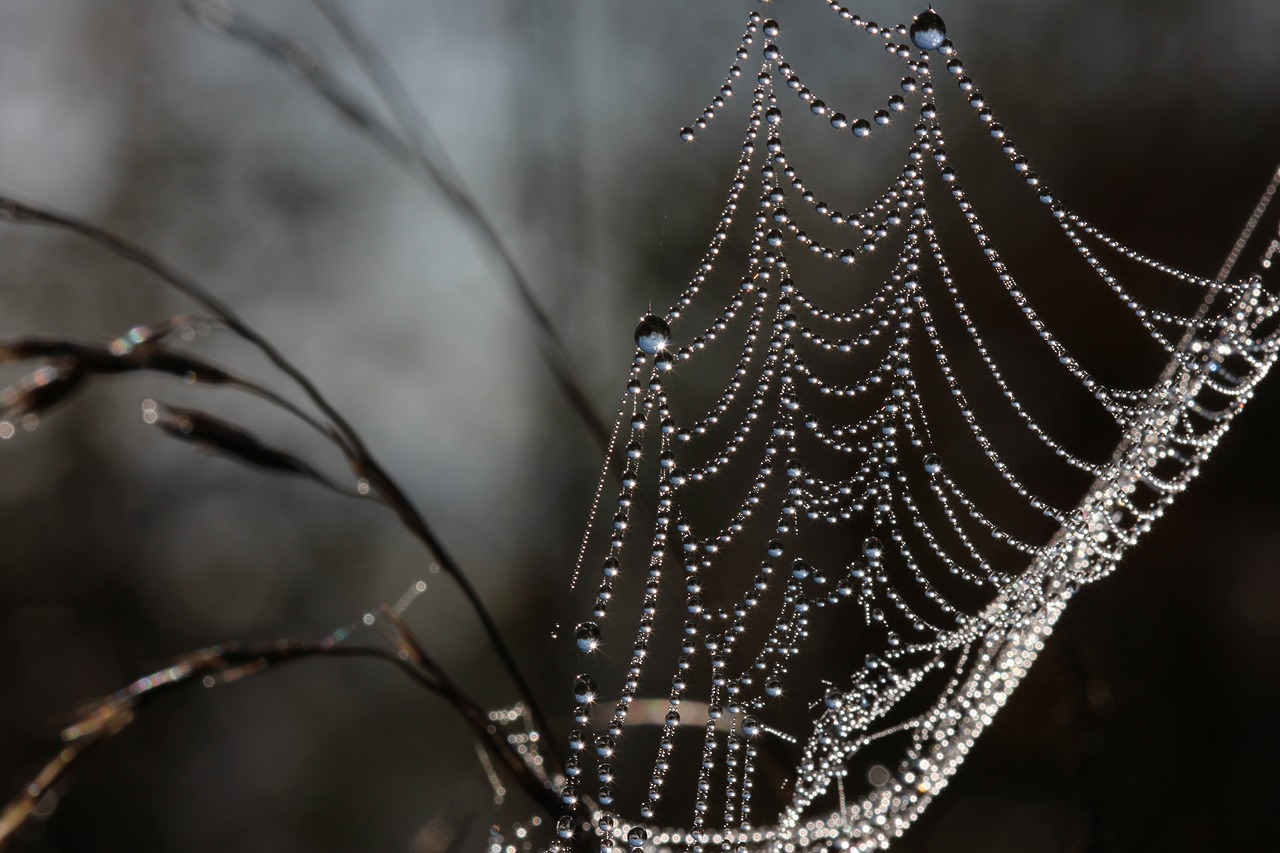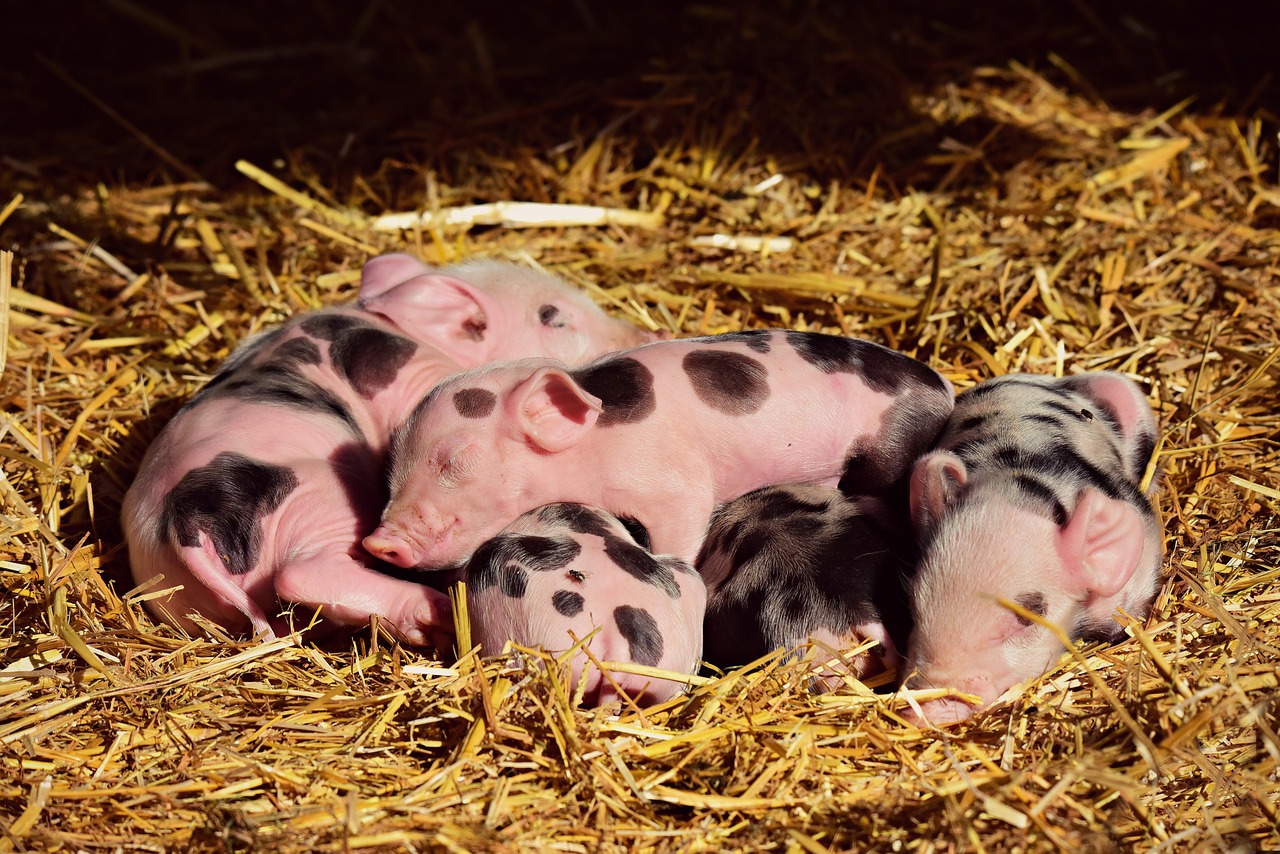Habitat loss, primarily due to urban development, agriculture, and invasive species, has critically threatened the Karner Blue Butterfly. This species, once abundant in North America, is now classified as endangered, facing significant challenges in its survival and reproduction.
The Karner Blue Butterfly (Lycaeides melissa samuelis) is a small butterfly native to parts of the northeastern and midwestern United States. Its striking blue wings and delicate nature have made it a subject of fascination among entomologists and conservationists alike. However, this species has experienced a dramatic decline in population over the past few decades, primarily due to habitat loss. The butterfly relies heavily on specific habitats, particularly oak savannas and sandy soil ecosystems, which have been largely diminished by human activity.
Historically, the Karner Blue Butterfly thrived in open fields and areas with abundant wild lupine, its primary food source during the larval stage. Unfortunately, urbanization, agricultural expansion, and land development have led to the destruction of these essential habitats. Fire suppression practices have also contributed to habitat degradation, resulting in dense underbrush that prevents the growth of wild lupine needed for the butterfly’s lifecycle.
Understanding Habitat Loss

Habitat loss refers to the process by which natural habitats become incapable of supporting their native species. This loss can occur for various reasons, including:
- Urban development
- Agricultural activities
- Deforestation
- Invasive species introduction
- Climate change impacts
Each of these factors contributes significantly to the declining populations of many species, including the Karner Blue Butterfly. In particular, the conversion of land for agricultural use has been one of the most detrimental practices. Fields that previously supported diverse plant life are now replaced with monocultures that do not sustain the butterfly’s lifecycle.
The significance of maintaining suitable habitats extends beyond just the Karner Blue Butterfly. Healthy ecosystems provide critical services such as pollination, carbon storage, and soil preservation. Therefore, habitat loss not only threatens individual species but also disrupts entire ecosystems.
The Importance of Conservation Efforts
Conservation efforts are essential for the survival of the Karner Blue Butterfly. Various organizations and government agencies have initiated programs aimed at protecting and restoring its habitat. These efforts include:
- Habitat restoration projects to increase wild lupine populations
- Prescribed burns to manage vegetation and maintain open spaces
- Public education campaigns to raise awareness about the butterfly’s plight
- Legal protections under the Endangered Species Act
In addition to these efforts, community involvement plays a vital role in conservation. Local volunteers often participate in habitat restoration activities or help monitor butterfly populations. Engaging the public fosters a sense of responsibility and encourages individuals to support sustainable practices.
| Conservation Initiative | Description |
|---|---|
| Restoration Projects | Efforts to revive areas where wild lupine grows. |
| Prescribed Burns | Controlled fires to maintain open habitats. |
| Public Awareness Campaigns | Educational programs designed to inform the community. |
Addressing habitat loss is crucial for reversing the trend of endangerment among species like the Karner Blue Butterfly. By understanding the underlying causes and actively participating in conservation efforts, society can foster a healthier environment for both wildlife and humans.
Threats Beyond Habitat Loss
While habitat loss is the primary threat to the Karner Blue Butterfly, several other factors compound the challenges it faces. Understanding these additional threats is crucial for developing comprehensive conservation strategies.
Invasive Species
Invasive species pose a significant risk to native ecosystems. They often outcompete local flora and fauna, disrupting the delicate balance of the habitats that the Karner Blue Butterfly depends on. Some common invasive species that threaten the butterfly’s habitat include:
- Common Buckthorn – This invasive shrub reduces the availability of native plants.
- Japanese Barberry – It alters soil chemistry and moisture levels, making it difficult for native plants to thrive.
- Garlic Mustard – This plant can rapidly dominate areas, outcompeting essential food sources like wild lupine.
The presence of these invasive species not only reduces food availability for the Karner Blue Butterfly but also impacts the overall health of the ecosystem. Efforts to control or eradicate these invaders are essential to protect native species.
Pesticide Use
Another significant threat is the use of pesticides in agricultural practices. Pesticides can have detrimental effects on non-target species, including the Karner Blue Butterfly and its larval food source, wild lupine. The impacts of pesticide use include:
- Direct Toxicity: Pesticides can kill caterpillars and adult butterflies upon exposure.
- Reduced Habitat Quality: Pesticides can harm the plants that provide food and shelter for butterflies.
- Disruption of Ecosystem Balance: The reduction of pollinators can lead to diminished plant reproduction, further impacting butterfly populations.
The growing awareness of these issues has led to increased calls for sustainable agricultural practices that minimize pesticide use and promote biodiversity. Integrated Pest Management (IPM) strategies are one approach that can help balance agricultural productivity with environmental health.
Climate Change Impacts
Climate change is an overarching threat that affects many species, including the Karner Blue Butterfly. Changes in temperature and precipitation patterns can alter habitat conditions, affecting the distribution and survival of both the butterfly and its food sources. Key impacts of climate change include:
- Shifts in Habitat Range: As temperatures rise, suitable habitats may move to higher elevations or latitudes, which could be inaccessible to the butterfly.
- Altered Phenology: Changes in blooming times of plants can affect the synchronization between the lifecycle of the butterfly and its food sources.
- Increased Frequency of Extreme Weather: Events such as droughts or heavy storms can destroy habitats and impact butterfly populations.
Addressing climate change requires global collaboration and local action. Conservationists are working on strategies to enhance habitat resilience and ensure connectivity between suitable habitats to support species movement in response to changing climate conditions.
The Role of Community Involvement
Community involvement is vital in the conservation of the Karner Blue Butterfly. Local communities can play an active role in protecting and restoring habitats through various initiatives. Some effective ways communities can help include:

- Participating in Restoration Projects: Volunteers can assist in planting wild lupine and removing invasive species.
- Advocating for Sustainable Practices: Community members can promote eco-friendly practices among local farmers and landowners.
- Engaging in Educational Workshops: Organizing events to educate others about the importance of biodiversity and conservation.
By fostering a sense of stewardship within communities, individuals become more invested in the health of their local ecosystem. This collective effort is essential for ensuring that the Karner Blue Butterfly and other endangered species have a chance for survival.
Successful Conservation Case Studies

Learning from successful conservation efforts can provide valuable insights into effective strategies for protecting the Karner Blue Butterfly. Several case studies have demonstrated how targeted actions can lead to positive outcomes for endangered species and their habitats.
New York’s Karner Blue Butterfly Recovery Plan
New York has implemented a comprehensive recovery plan aimed at restoring populations of the Karner Blue Butterfly. This plan focuses on several key initiatives:
- Habitat Management: The state has designated specific areas for habitat restoration, including the removal of invasive species and the planting of wild lupine.
- Research and Monitoring: Ongoing research helps track butterfly populations and habitat conditions, guiding management decisions.
- Community Engagement: Local volunteers participate in monitoring programs, enhancing community awareness and involvement.
This collaborative approach has shown promising results, with sightings of Karner Blue Butterflies increasing in previously affected areas. Engaging local communities has also fostered a sense of ownership over conservation efforts.
Wisconsin’s Conservation Strategies
Wisconsin has also developed successful strategies to protect the Karner Blue Butterfly. The state’s efforts include:
- Prescribed Burning: Controlled burns are used to manage vegetation, creating open habitats conducive to the growth of wild lupine.
- Partnerships with Landowners: Collaborative agreements with landowners focus on maintaining butterfly habitats while allowing for sustainable land use.
- Education and Outreach: Programs aimed at educating the public about the butterfly’s needs have increased community support for conservation initiatives.
The results of these efforts have led to increased populations in certain areas, showcasing the effectiveness of targeted habitat management combined with community involvement.
The Role of Policy in Conservation
Effective policy frameworks are crucial for the long-term conservation of endangered species like the Karner Blue Butterfly. Policies can create legal protections and allocate resources for habitat restoration and management. Key aspects of effective policy include:
Endangered Species Act (ESA)
The Endangered Species Act provides critical protections for species at risk of extinction. Under this act, the Karner Blue Butterfly is classified as endangered, which allows for:
- Legal Protection: The act prohibits activities that may harm the butterfly or its habitat without proper permits.
- Recovery Plans: Required recovery plans outline actions needed to restore populations and habitats.
- Funding Opportunities: Federal resources can be allocated for conservation and restoration projects targeting the butterfly.
The ESA serves as a vital tool in mobilizing federal, state, and local resources to protect the Karner Blue Butterfly and its ecosystem.
State-Level Policies
In addition to federal protections, state-level policies play a significant role in conservation efforts. States can implement their own legislation to support local ecosystems. Examples of state-level initiatives include:
- Land Use Regulations: Policies that limit development in critical habitats help preserve essential areas for butterflies.
- Sustainable Agriculture Programs: Incentives for farmers to adopt practices that benefit wildlife can enhance habitat quality.
- Funding for Research: State grants for research on butterfly populations support data collection and monitoring efforts.
By aligning state policies with conservation goals, states can create a comprehensive approach to protecting the Karner Blue Butterfly and its habitat.
The Importance of Public Awareness

Raising public awareness about the plight of the Karner Blue Butterfly is essential for garnering support for conservation initiatives. Educational campaigns can help inform individuals about their role in protecting this endangered species. Effective strategies for increasing public awareness include:
- Social Media Campaigns: Utilizing platforms like Facebook and Instagram can reach wide audiences, sharing stories and information about the butterfly.
- Community Events: Organizing local events, such as butterfly walks or educational workshops, fosters engagement and connection to nature.
- School Programs: Implementing educational programs in schools can teach children about biodiversity and conservation from a young age.
By promoting awareness and understanding, communities can become advocates for the Karner Blue Butterfly, helping to secure its future in the wild.
Future Directions for Conservation
As we look towards the future, several key strategies can enhance conservation efforts for the Karner Blue Butterfly and similar endangered species. Incorporating innovative approaches and technologies can improve habitat restoration and monitoring efforts. Key future directions include:
- Utilizing Technology: Advances in technology, such as drones and remote sensing, can facilitate habitat mapping and monitoring, enabling conservationists to identify changes in butterfly populations and habitat quality more efficiently.
- Citizen Science: Engaging the public in data collection through citizen science initiatives empowers communities to contribute to conservation research. Volunteers can help track butterfly sightings and monitor habitat conditions.
- Adaptive Management Practices: Implementing adaptive management allows conservation strategies to evolve based on new research and environmental changes. This flexibility ensures that efforts remain effective in the face of ongoing challenges.
By embracing these forward-thinking strategies, conservationists can enhance their efforts to protect the Karner Blue Butterfly and its habitat while fostering community involvement and awareness.
Final Thoughts
The plight of the Karner Blue Butterfly serves as a poignant reminder of the broader challenges faced by many species in our rapidly changing world. Habitat loss, invasive species, pesticide use, and climate change all contribute to the declining populations of this once-abundant butterfly. However, the collective efforts of individuals, communities, and organizations can create a positive impact.
Successful case studies from New York and Wisconsin illustrate that targeted management practices combined with community engagement can lead to meaningful recovery outcomes. The importance of policy frameworks like the Endangered Species Act cannot be overstated; they provide essential protections that enable species recovery.
Moreover, public awareness campaigns play a critical role in mobilizing support for conservation initiatives. By educating communities about their local ecosystems and the species that inhabit them, we can foster a sense of responsibility and stewardship toward the natural world.
In conclusion, protecting the Karner Blue Butterfly requires a multifaceted approach that includes habitat restoration, community involvement, effective policies, and ongoing education. As we face the challenges of habitat loss and environmental degradation, it is vital to prioritize conservation efforts for endangered species. Together, we can work towards a future where the Karner Blue Butterfly thrives alongside its ecosystem, ensuring that future generations can appreciate its beauty and ecological significance.
